 Yuliya Raquel is the CEO and co-Founder of BootstrapFashion, and the Founder and former Fashion Designer and Creative Director of IGIGI by Yuliya Raquel brand founded in February 2000.
Yuliya Raquel is the CEO and co-Founder of BootstrapFashion, and the Founder and former Fashion Designer and Creative Director of IGIGI by Yuliya Raquel brand founded in February 2000.
An award-winning fashion designer, accomplished creative director, brand and women’s fashion e-commerce expert with strong skills in fashion design, merchandising, visual brand and marketing, Yuliya has a passion to produce results.
Yuliya is an outspoken women’s empowerment activist and entrepreneur with the mission to transform the world’s view of beauty and to democratize the fashion industry. She is also a forward-thinking leader with a keen entrepreneurial background and an eye for identifying new and innovative opportunities for fashion and ecommerce businesses and providing insight and strategies to capitalize on them.
I had the privilege of discussing with Yuliya her thoughts and experiences in the fashion industry, being a woman in business, and her visions for her new business BootstrapFashion. Here is what Yuliya had to say!
Yuliya, you were very successful with your fashion label IGIGI. What compelled you to start BootstrapFashion, and what problems in the marketplace did you see that you wanted to solve?
There are several reasons I left IGIGI in 2013. I recently found myself a divorced, single mother of two and chose to use my new-found energy to propel my career to new opportunities where I could continue to do what I love yet make a bigger difference and positively impact the world. For me it’s a priority to be a positive role model for my children and to empower them.
I had recently found myself a divorced, single mother of two and chose to use my new-found energy to propel my career to new opportunities…
When I started IGIGI without any funding and manufacturing experience, I discovered that the process of running my own fashion business was extremely complex, expensive and simply said, grueling; there were no easy-to-use, affordable tools available.
For me it’s a priority to be a positive role model for my children and to empower them.
I realized that there could be thousands of designers out there with the ability, talent and skills to create fashion that would allow women to know themselves as beautiful and feel powerful and confident in the clothing that they wear. I dreamed of creating a social marketplace where anyone could simply design a custom dress or launch and operate a multimillion-dollar fashion business. It is then the idea of BootstrapFashion was born.
In BootstrapFashion I have used all my experiences to provide a solution to every obstacle and hurdle I had to personally overcome while running a fashion business.
Where did you get your inspiration for BootstrapFashion?
I spent over 20 years in the fashion industry, first as a custom dressmaker, Indie designer and later Head Designer of an international fashion company. I dreamed about finding easier, less expensive and faster ways to design a production-ready collection. Yet nothing of the kind was available. The variety of patternmaking CAD software that existed on the market were expensive and required specialized skills in both patternmaking and learning the workings of each CAD system, which took time.
The creative fashion design software for illustrations was also expensive, and conceptualizing, sketching and drawing a technical flat illustration for each style took hours and sometimes even days, greatly reducing productivity. It is from these experiences that I wanted to completely automate the design and product development processes.
My goal was to create online software where ANYONE – even people with no experience – will be able to create an original design, get a technical flat sketch, and a color/fabric rendered illustration with a custom-fit sewing pattern of that design, in less than 30 minutes – while actually enjoying the entire process!
Where do you see BootstrapFashion having the most impact?
I foresee the biggest impact will be with Indie designers and DIY sewers, who will be able to create unique designs and offer them for sale or make them for their own enjoyment, hassle free. However, there is also a huge opportunity to disrupt the larger fashion industry as well, allowing design companies faster delivery of their products.
What do you see as the biggest challenge of the future for the fashion industry?
I believe that the biggest challenge the fashion industry faces is it’s inability to quickly deliver fully customized fashion items, designed and made to consumers’ unique style preferences, their body shape and size, while providing superb quality at reasonable price and turning a healthy profit. Instead, there is a need to stock massive quantities of inventory that was produced based on the subjective point of view of merchandisers. Additionally, the time that it takes fashion companies to design and develop each item and then produce the inventory reduces their profits significantly, forcing them to make it up by using significantly cheaper fabrics and paying extremely low sewing costs.
How do you think that social media has impacted the fashion industry and how can designers leverage it effectively?
Social media has played an important role at taking the first steps at democratising the fashion industry and creating a two-way dialogue between consumers and fashion manufacturers. For the first time in history consumers have an opportunity to become fashion critics, expressing their desires, likes, and dislikes publicly through comments and blogging. Designers have an opportunity to leverage social media, to listen to the feedback from their targeted customers, as well as building relationships with fashion bloggers, who have become a force to be reckoned with influencing fashion trends, promoting brands and designers. This is one of the reasons we have developed a social platform in Bootstrap Fashion where designers can collaborate with fashion influencers, brand themselves, and even develop a following and a customer base before ever going to production.
What are your thoughts on sourcing and operating ethically and how do you see this is impacting the fashion industry?
I believe that ethical fashion production means combining sustainable textiles and fair trade manufacturing. Sadly, in my opinion, the fashion industry as a whole is challenged by this due to its struggles to recover exorbitant development costs, lengthy delivery timelines and inventory overproduction – while staying competitive! Thus companies are forced to use very inexpensive, low quality textiles and cut sewing costs, lowering the overall quality of the garment and paying minimal costs to the factories. This is one of the reasons we have also incorporated a service marketplace into BootstrapFashion, which we believe will lead to creation of over 2,000,000 home-based and small businesses, expanding local economies.
What are the biggest challenges you see that new designers face when starting their label and production line, and how best can they overcome these?
There are a few equally significant challenges that beginner designers face. They include solving design, development, sourcing, production and distribution, and the “I’ll do it all myself” or “I can’t afford to hire anyone to help me” mindset.
The way to overcome these obstacles is to streamline the entire process.
The way to overcome these obstacles is to streamline the entire process. It is important to have textiles available in a way that can be easily sourced and procured; to have access to service providers who can accommodate manufacturing of various volumes, whether it is one piece or one hundred thousand, in a fair but competitive pricing environment.
What would be your key pieces of advice for anyone wanting to start their own fashion business?
- Have patience and be ready to work long and intense hours
- Don’t take mistakes made by others personally
- Be open to reinventing yourself several times before you ‘make it’
- Know your target market
- Listen keenly to your customers
- Build a team, and give interns an opportunity if you are short on funds
- Think strategic, always streamline and do not get stuck in a single area
What do you love most about being in business?
I love building my own dream and future and having the ability to run with my visions and ideas, without having to go through tons of higher-ups deciding ‘yes’ or ‘no’. I also love seeing my vision becoming a reality and the kind of impact that it creates. Additionally, I love the flexibility of hours, being a mother of two. However, I sometimes do end up working 12-16 hours each day, sometimes until 3 am, so the working hours are long.
Who are your business mentors/role models and what do you find inspiring about them?
I love working with business mentors and find their input invaluable. Being a first-time CEO, I work with a coach and advisor, Gary Jinks of GLG Group, who helps me to develop myself as a leader of a high tech company. In addition we are starting to look for funding and I work with a seasoned fundraising coach, who is helping me to fine-tune my pitching and presentation skills.
Regarding my role models, Oprah Winfrey inspires me tremendously. Regardless of her early hardship, she was able to build an empire by revolutionizing television and positively inspiring viewers to transform their lives. I also have always admired Coco Chanel, who in her time was able to revolutionize fashion.
What has been your biggest challenge in running your own businesses so far, and how did you solve it?
Both of the business I started by bootstrapping, so having very limited resources yet taking on playing huge games has always been the biggest challenge.
What I find extremely helpful is having a ‘can do’ unstoppable mindset and instead of focusing on what is impossible to accomplish, my team and I look for what we can do to move us closer to our goal. Although we were told that a project like this would cost close to $1M dollars and require a very large team of people, the entire BootstrapFashion platform and the Design Center app were created by a team of three people!
If there were 2 people you could thank who have helped you get to where you are now who are they and why?
First is my co-founder and life partner, Don Straub, who has been a powerful stand for the creation and success of BootstrapFashion. Second is my family – my father, mother and sister, who have been standing by me, regardless how ‘crazy’ my dreams seemed to them. Their belief, honesty and acceptance of me have been an enormous blessing in my life.
Who is your favorite designer or fashion brand and why?
Aesthetically, I’ve always liked Ellie Saab and Valentino and some of my favorite brands include Nanette Lepore, Catherine Malandrino and Milly NY. However, I now prefer to have my clothing custom-made. The feeling of wearing something that fits me impeccably and hand crafted by a person who loves what they do is incredible – custom-made items have become my most favorite pieces in my wardrobe.
Finally, what’s next in your development and growth of Bootstrap Fashion?
BootstrapFashion will be launching an Indigogo campaign on February 1st to raise funds for additional design libraries and hosting servers. I invite readers of Leaders In Heels to support our effort to democratize and revolutionize the fashion industry!





 About Ashley Kimler
About Ashley Kimler

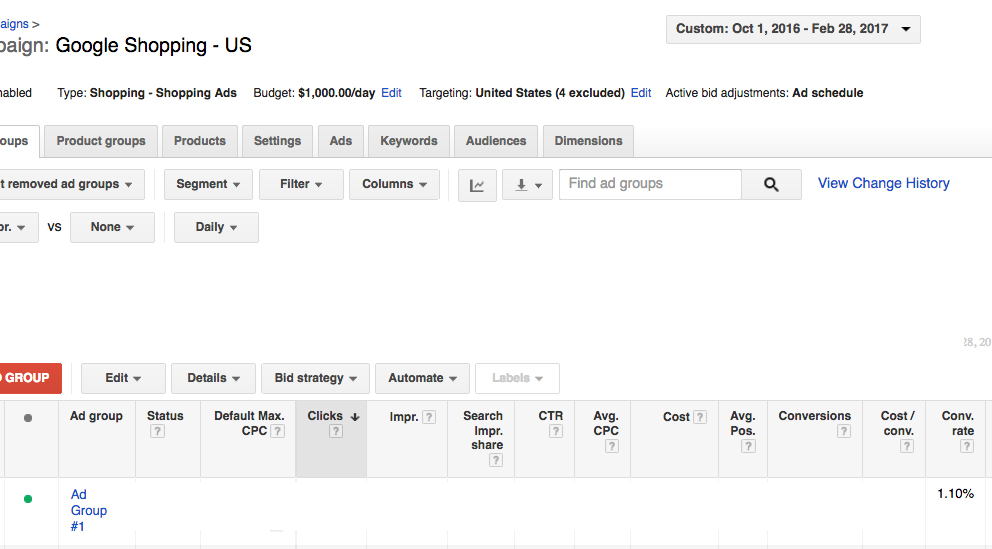
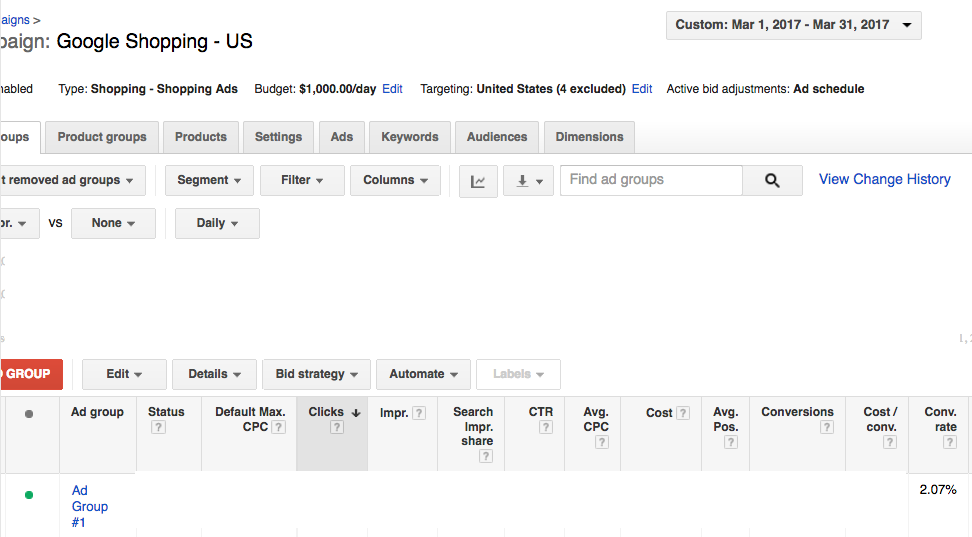
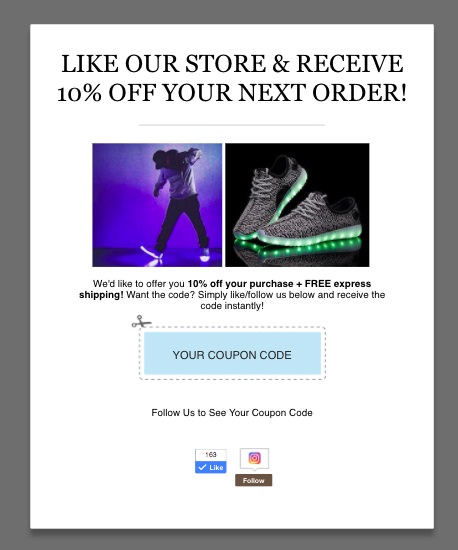
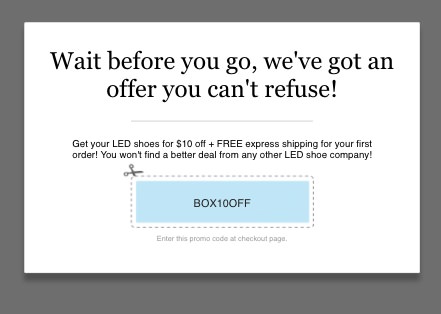
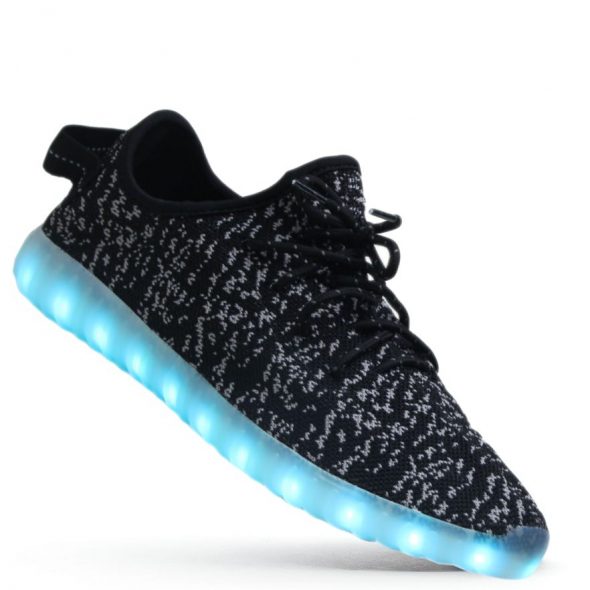
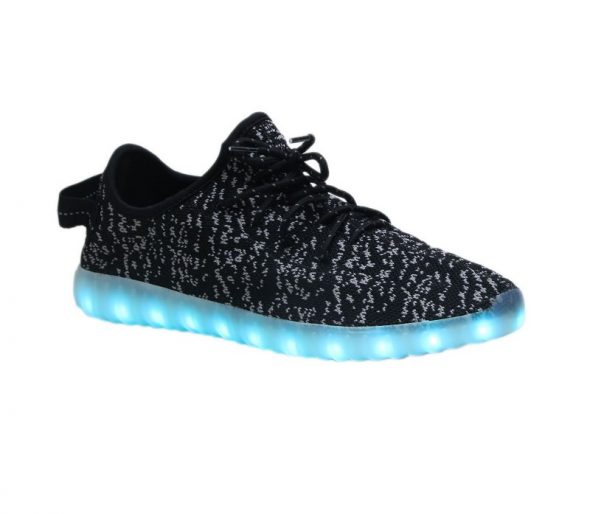

 Yuliya Raquel is the CEO and co-Founder of
Yuliya Raquel is the CEO and co-Founder of